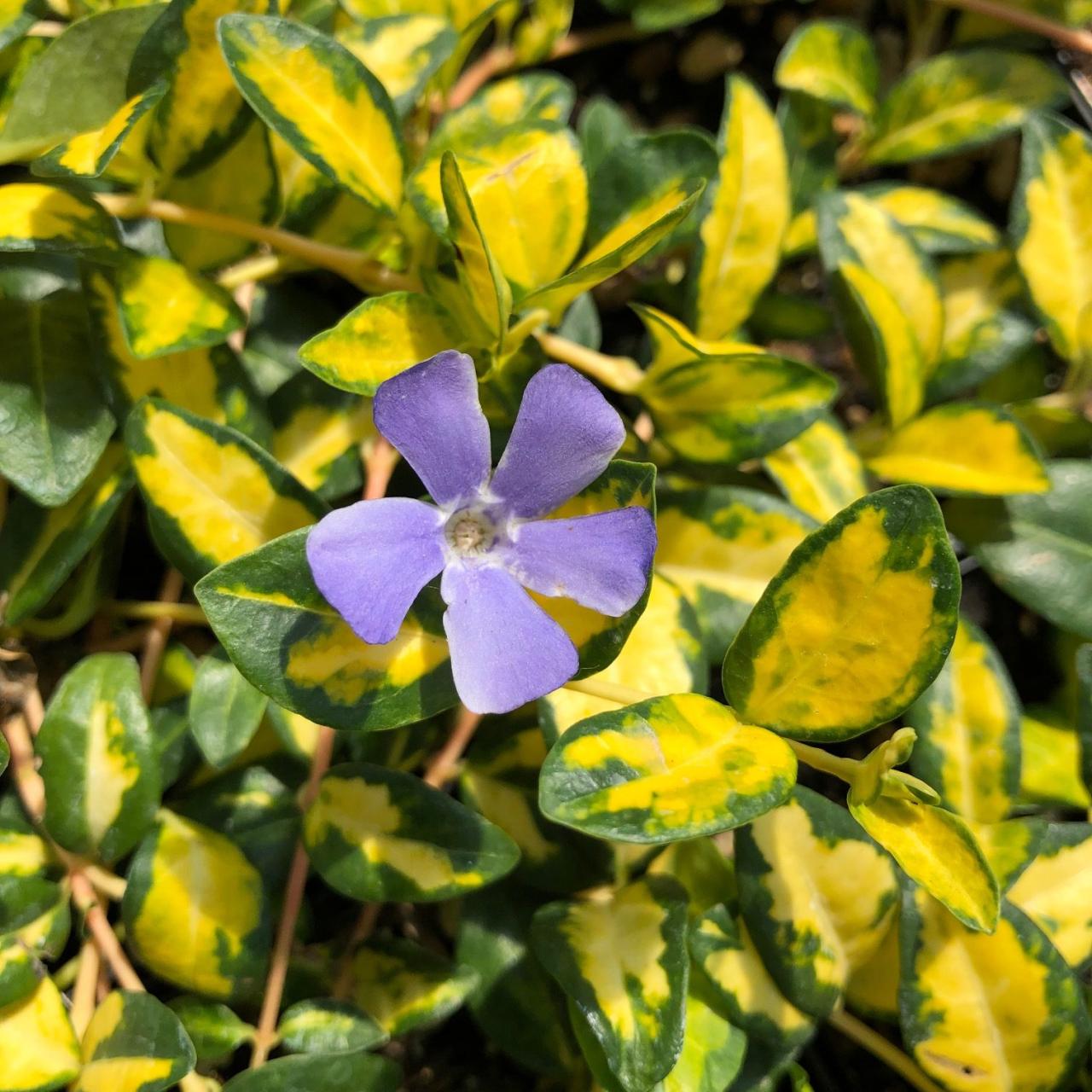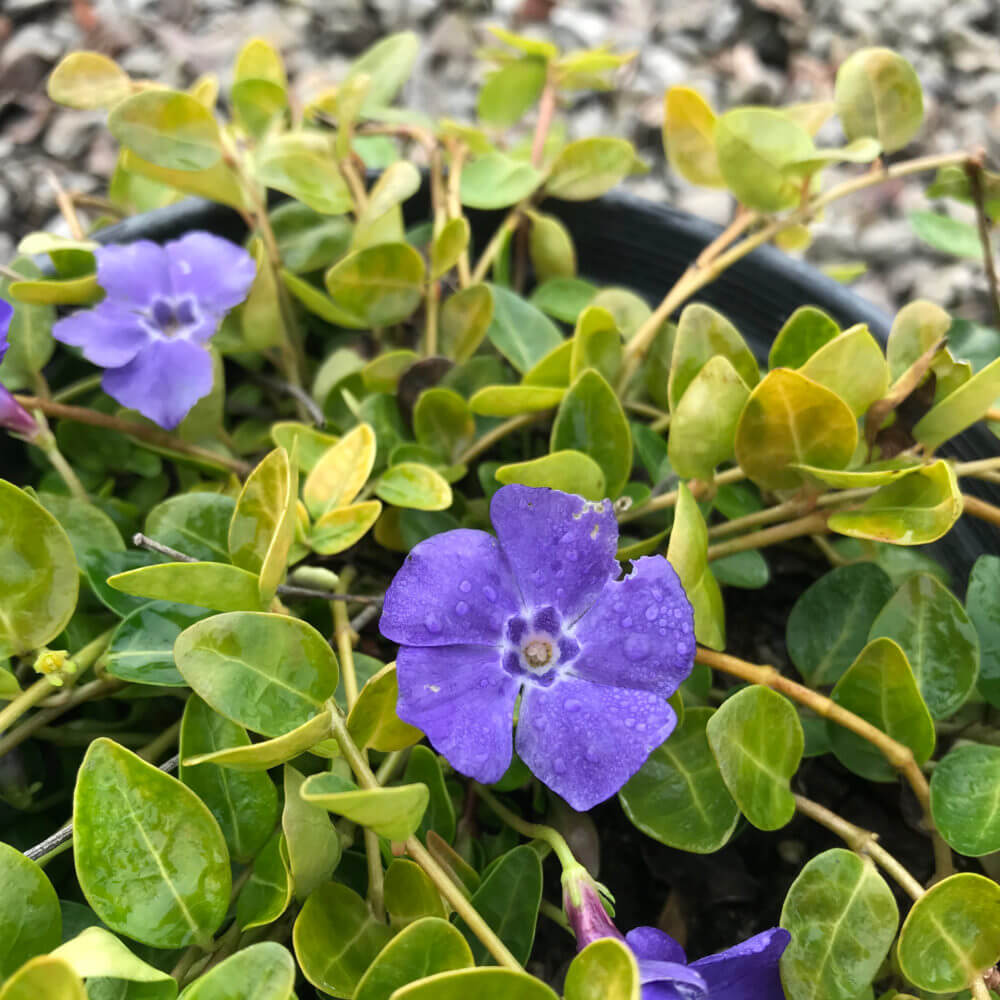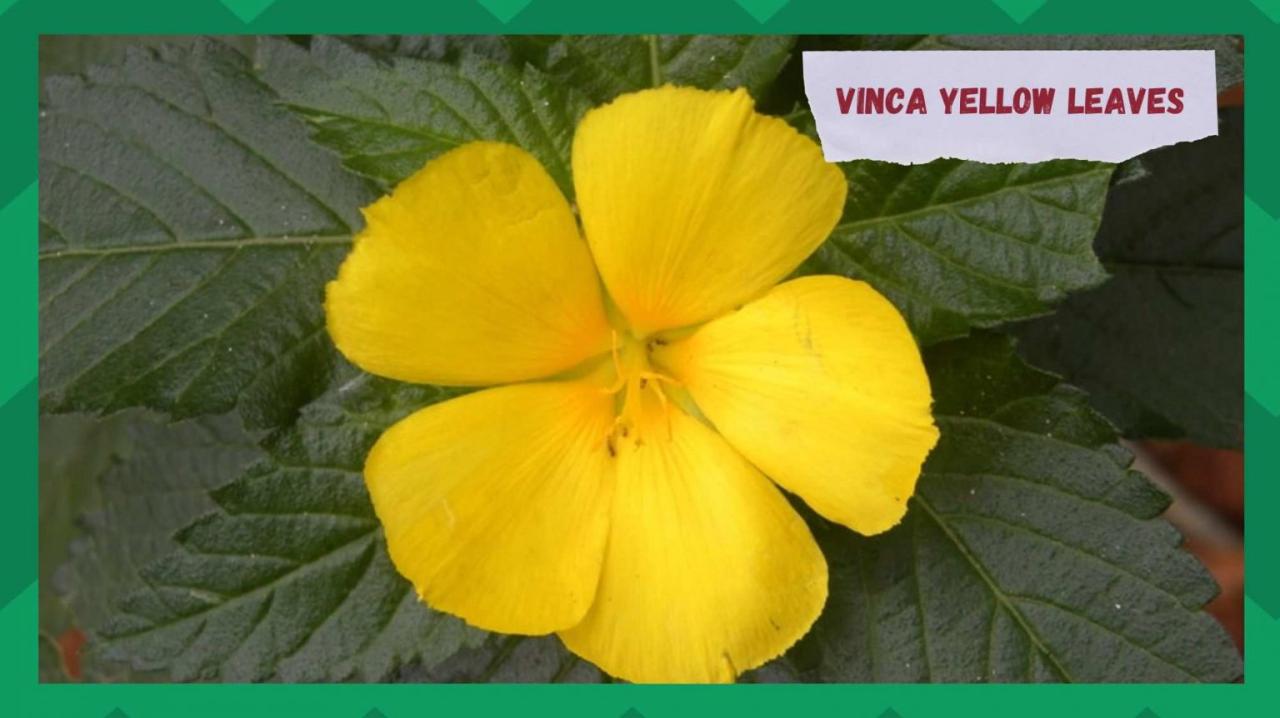Vinca Yellowing Leaves – Vinca plants, also known as periwinkles, are beloved for their vibrant blooms and hardiness. However, yellowing leaves on your vinca can be a cause for concern. Understanding the reasons behind this phenomenon is essential for maintaining the health of your plants. In this blog post, we will explore the common causes of yellowing leaves in vinca, how to diagnose the issue, and provide effective solutions to bring your plants back to their lush, green glory. 🌱
Understanding Vinca Plants
Vinca (Catharanthus roseus) is a flowering plant that thrives in tropical and subtropical regions. With its glossy green leaves and colorful flowers, it’s a popular choice for gardens, landscaping, and as houseplants. They are relatively low-maintenance and resistant to drought, making them ideal for beginner gardeners.
Characteristics of Vinca Plants
Before delving into the specifics of yellowing leaves, let’s look at some key characteristics of vinca plants:
- Height: Typically ranges from 6 inches to 2 feet.
- Flowers: Produces vibrant blooms in shades of pink, white, red, and purple.
- Leaves: Glossy, dark green leaves that can grow up to 4 inches long.
- Growth Habit: Can grow as annuals or perennials depending on climate.
Common Causes of Yellowing Leaves in Vinca
Yellowing leaves on vinca plants can result from various factors. Understanding these causes is the first step toward addressing the issue effectively. Below are some common reasons for yellowing leaves:
1. Overwatering
One of the most frequent causes of yellowing leaves in vinca plants is overwatering. Vinca prefers well-drained soil and can suffer if its roots sit in water. Signs of overwatering include:
- Yellow leaves, often starting from the lower leaves.
- Wilting despite wet soil.
- Root rot in severe cases.
Note: Always ensure that pots have drainage holes and consider using well-draining potting mix.
2. Underwatering
On the flip side, underwatering can also lead to yellowing leaves. Vinca needs a regular watering schedule, especially during dry spells. Symptoms of underwatering include:
- Dry, crispy leaves.
- Stunted growth.
- Leaf drop.
3. Nutrient Deficiency, Vinca Yellowing Leaves
Lack of essential nutrients can cause vinca leaves to yellow. Key nutrients that may be lacking include:
| Nutrient | Symptoms of Deficiency |
|---|---|
| Nitrogen | Overall yellowing, especially in older leaves. |
| Iron | Yellowing between leaf veins while veins remain green. |
| Magnesium | Yellowing in older leaves with leaf margins curling. |
Important: Conduct a soil test to identify any nutrient deficiencies before applying fertilizers.
4. Pests and Diseases
Pests such as aphids, spider mites, and whiteflies can cause yellowing leaves. Additionally, diseases like powdery mildew and root rot may also affect leaf color. Symptoms may include:
- Visible pests on leaves or stems.
- White, powdery spots on leaves indicating mildew.
- Brown spots or wilting foliage.
5. Environmental Stress

Environmental factors such as extreme temperatures, humidity, and light conditions can stress vinca plants. Symptoms include:
- Leaves turning yellow or dropping.
- Leaf scorch in direct sunlight.
- Slow growth in poor lighting conditions.
Diagnosing Yellowing Leaves in Vinca
To address yellowing leaves effectively, it’s essential to diagnose the issue accurately. Here’s a step-by-step guide to help you identify the problem:
Step 1: Examine Watering Habits
Check your watering routine. Ensure you are not overwatering or underwatering your vinca. Feel the soil; it should be moist but not soggy. If waterlogged, consider adjusting your watering schedule.
Step 2: Inspect Soil Quality
Examine the soil for compactness and drainage. Poor soil conditions can contribute to root rot. If the soil doesn’t drain well, repotting into a better-draining mix may be necessary.
Step 3: Look for Pests and Diseases
Inspect the plant for pests or diseases. Look closely at the undersides of leaves and stems. If you find pests, treat them immediately with insecticidal soap or neem oil.
Step 4: Test for Nutrient Deficiencies
If you suspect a nutrient deficiency, consider conducting a soil test. Depending on the results, you can amend your soil with organic fertilizers to correct any imbalances.
Step 5: Assess Environmental Conditions
Evaluate the plant’s environment. Are there any recent changes in temperature, light, or humidity? Ensure that your vinca is placed in suitable conditions for optimal growth.
Solutions for Yellowing Leaves in Vinca: Vinca Yellowing Leaves
After diagnosing the cause of yellowing leaves, it’s time to take action. Here are effective solutions for the common issues discussed:
1. Adjust Watering Techniques
If overwatering is the problem, let the soil dry out before watering again. For underwatered plants, water deeply and consistently until the plant recovers.
2. Improve Soil Drainage
If the soil is compacted or retains too much moisture, consider repotting your vinca in a mixture that includes perlite or sand to enhance drainage.
3. Fertilize Appropriately

Based on soil test results, apply a balanced fertilizer. A slow-release fertilizer formulated for flowering plants can promote healthy growth and vibrant blooms.
4. Control Pests and Diseases
For pest control, regularly inspect your plants and use natural pesticides like neem oil or insecticidal soap to treat infestations. For diseases, ensure good air circulation and avoid overhead watering.
5. Optimize Environmental Conditions
Ensure your vinca gets enough sunlight but is protected from extreme heat. Consider placing it in a location where it gets partial shade during the hottest part of the day.
Preventing Yellowing Leaves in Vinca
Taking preventive measures can save you from the hassle of dealing with yellowing leaves in the future. Here are some tips to keep your vinca healthy:
1. Regular Monitoring
Keep a close eye on your vinca plants. Regularly check for signs of stress, pests, or nutrient deficiencies.
2. Maintain a Consistent Watering Schedule
Establish and stick to a consistent watering routine. Water thoroughly but allow the soil to dry out slightly between watering sessions.
3. Use Quality Potting Mix
Invest in high-quality potting soil that provides proper drainage and nutrients for your vinca plants.
4. Practice Good Hygiene
Clean up any fallen leaves or debris around your plants to prevent pests and diseases from establishing. A clean environment is crucial for plant health.
5. Educate Yourself
Stay informed about plant care and potential issues. Join gardening groups or read up on vinca care to enhance your gardening knowledge.
Conclusion
Yellowing leaves in vinca plants can be a sign of various issues, but with careful observation and proper care, you can restore your plants to their vibrant state. By understanding the causes and implementing preventive measures, your vinca plants will thrive beautifully in your garden. 🌼
